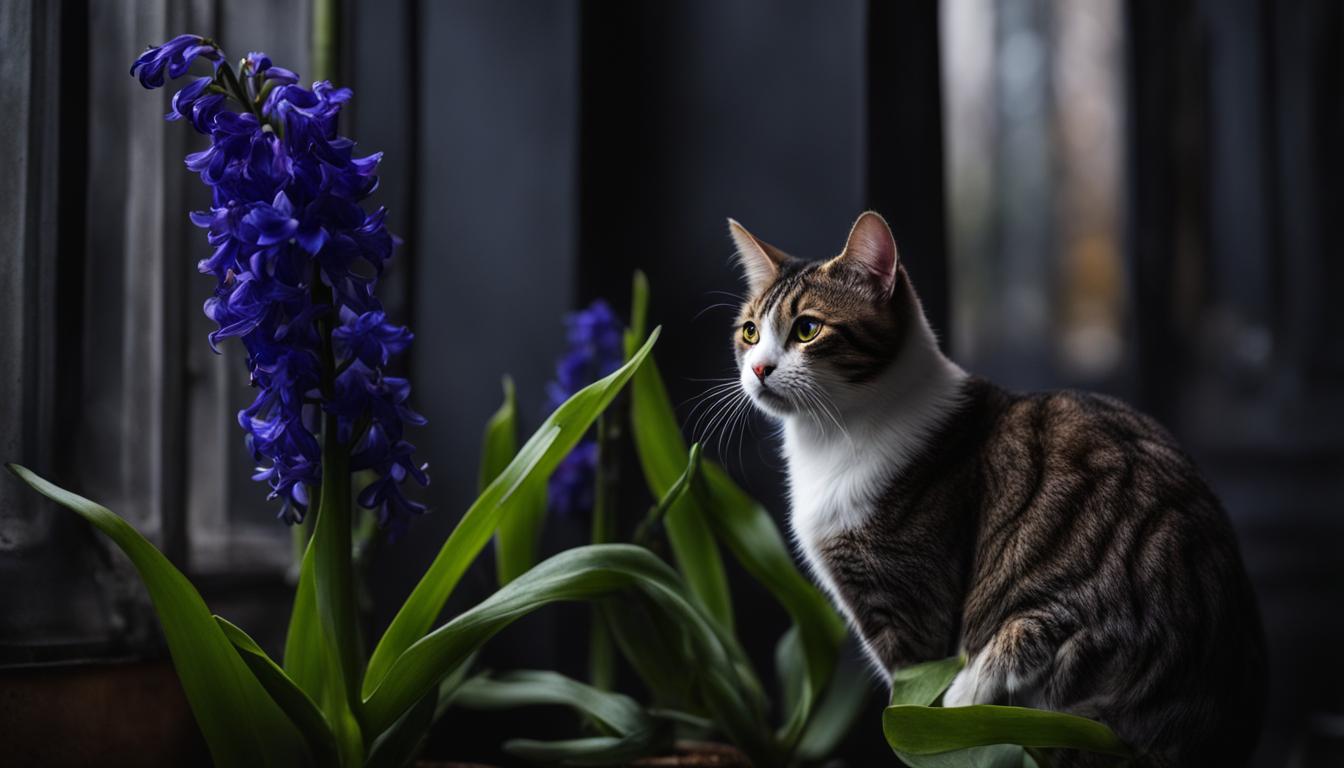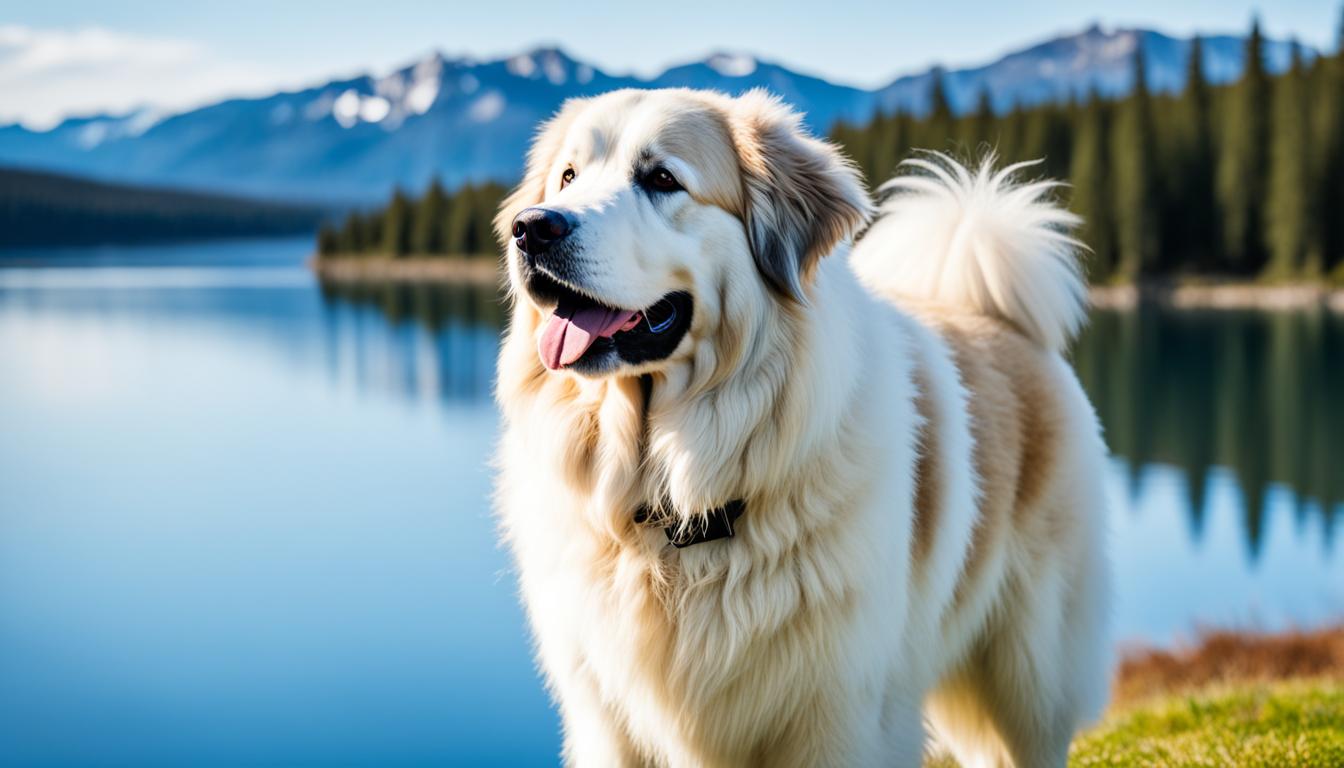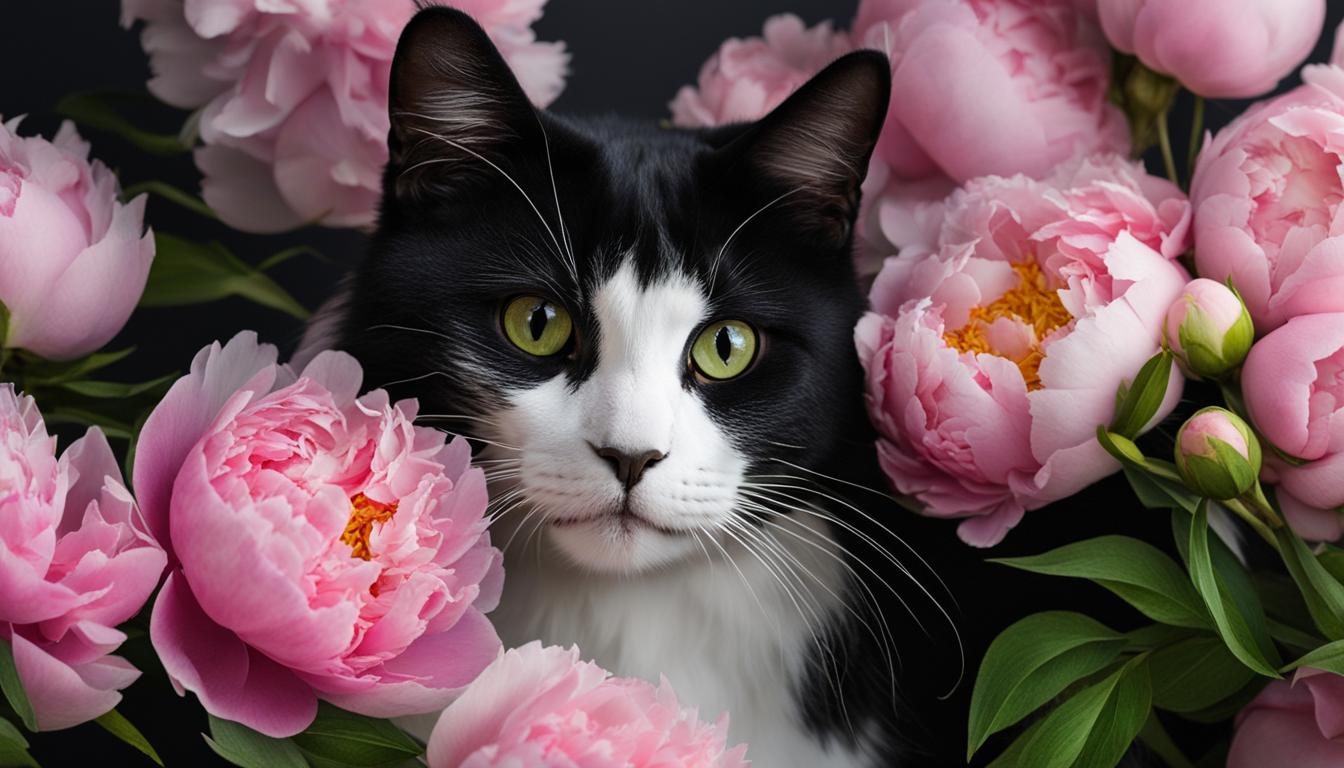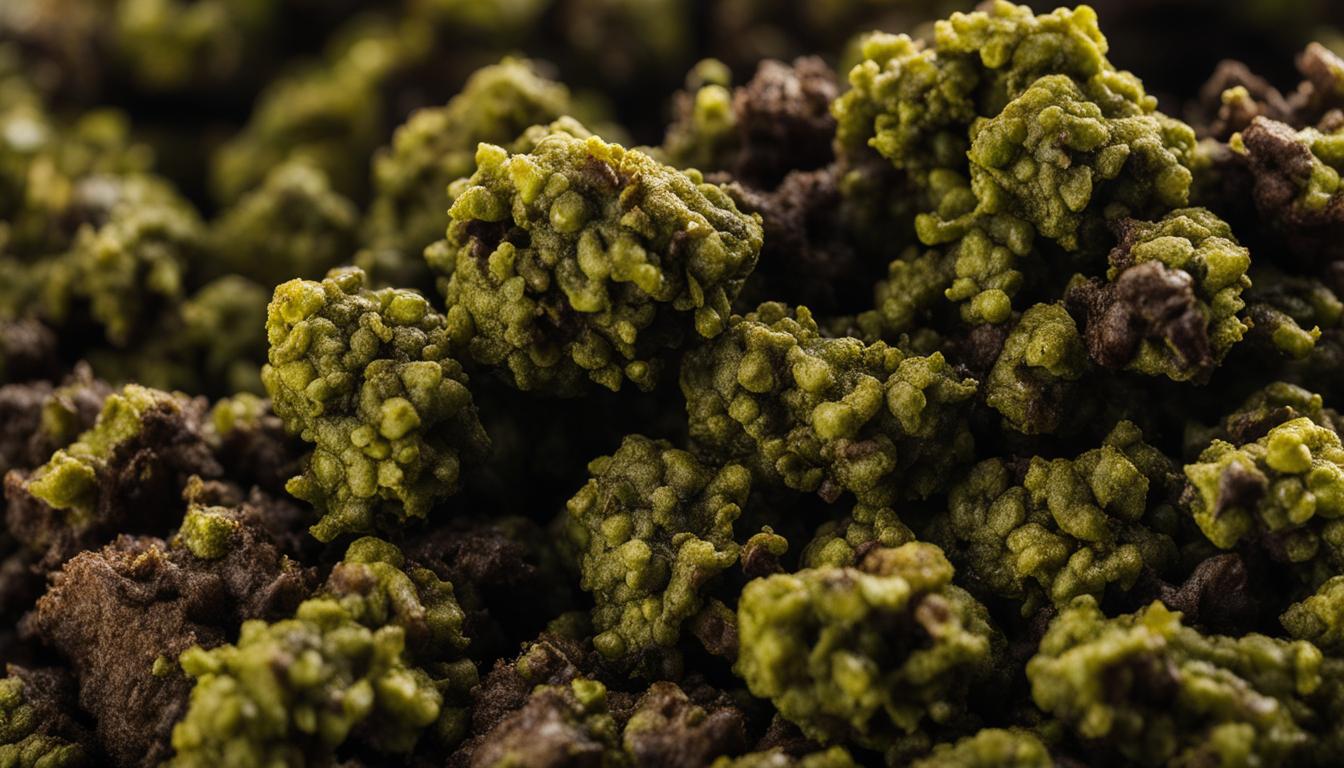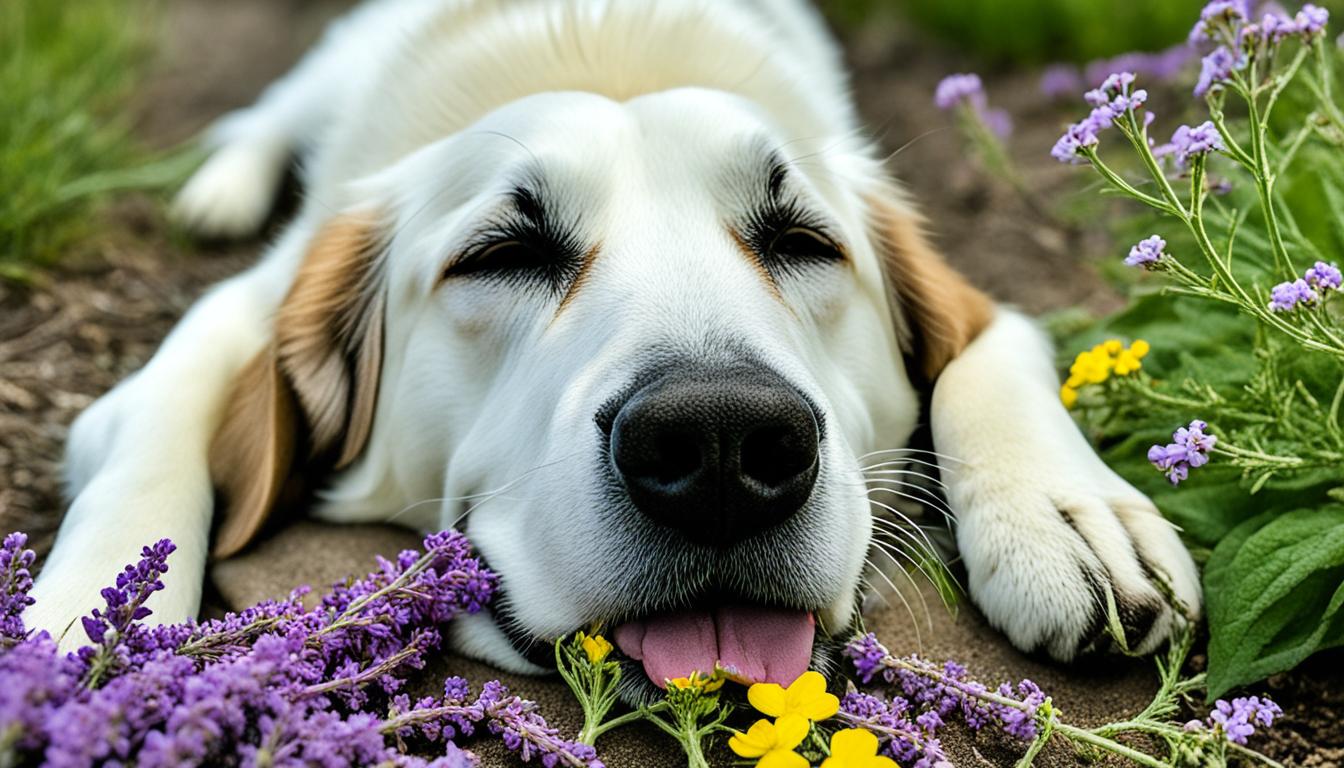British gardens are renowned for their splendour, an intricate tapestry of colour and texture, with Hyacinths taking a proud place amongst the most cherished blooms. However, beneath their striking appearance lies an alarming threat to inquisitive felines. Hyacinth toxicity in cats is a significant concern for pet owners who treasure both their pets and their petal-laden lawns. It’s the alkaloid toxins within these plants that transform them from a visual delight into a potential peril for our four-legged companions.
Upon ingesting even small amounts of Hyacinth, symptoms such as vomiting, diarrhea, and excessive drooling can manifest in cats. These reactions point to an urgent need for veterinary attention. With an understanding of hyacinth poisoning in cats, those nurturing both a love for flora and their furry friends can make informed decisions, opting for cat-safe flowers to embellish their gardens while prioritising the safety of their curious pets.
Key Takeaways
- Hyacinths, while visually stunning, harbour hidden health risks for cats.
- Alkaloid toxins are responsible for the hyacinth’s poisonous properties.
- Quick identification and veterinary response are crucial if a cat ingests Hyacinth.
- Maintaining a pet-friendly garden is essential for the well-being of cat companions.
- Owners should be knowledgeable about which plants and flowers, like Hyacinths, pose risks to their cats.
The Unseen Dangers of Hyacinths to Cats
Many cat owners are unwittingly exposing their beloved feline friends to the harmful effects of hyacinths. Known for their intoxicating fragrance and stunning blooms, these flowers harbor a lesser-known but significant threat to cats. Toxic hyacinths contain alkaloid compounds responsible for causing a range of adverse reactions in cats, from mild irritation to potentially life-threatening symptoms.
Cats, by nature, are curious creatures that engage with their environment primarily through scent and taste. They might come into contact with the toxic pollen of hyacinths during their outdoor explorations. Later, while grooming, they inadvertently ingest these toxins. This represents one of the major dangers of hyacinths for cats, as all parts of the plant are equally toxic, akin to the perilous lily.
Symptoms of hyacinth poisoning in cats can be immediate and severe, beginning with signs of oral discomfort and leading to gastrointestinal upset. If your cat is showing any unusual behaviour such as drooling, vomiting, or loss of appetite, it could be an indication of plant poisoning.
Due to these risks, it is essential for pet owners to be aware of plants that are safe for cats when designing their gardens or adding plants to their home. To assist with this, here is a comparative reference of some common garden plants and their potential risk to cats:
| Plant | Toxicity | Symptoms | Safety for Cats |
|---|---|---|---|
| Hyacinth | High | Diarrhoea, drooling, lethargy | Unsafe |
| Lily | Extremely High | Kidney failure, vomiting | Unsafe |
| Rose | None | N/A | Safe |
| Spider Plant | Low to None | Mild stomach upset (rare) | Generally Safe |
| Rosemary | None | N/A | Safe |
It is imperative for cat owners to actively prevent their pets from coming into contact with hyacinths. Should you currently have these flowers in your garden, consider their immediate removal and substitution with non-toxic alternatives, ensuring a pet-friendly environment.
By creating awareness and implementing preventive measures such as selecting plants that are safe for cats, we can significantly reduce the incident of hyacinth poisoning and keep our cats healthy and happy. For the safety of your curious feline explorers, take the time to understand and recognise the hidden dangers in your garden.
Are Hyacinth Poisonous to Cats? Understanding the Risks
While hyacinths may bring a burst of colour to gardens across the United Kingdom, their presence poses considerable dangers of hyacinths for cats. These popular springtime flowers have compounds that are toxic hyacinths to felines, urging pet owners to exercise caution.
Chemical Constituents of Hyacinth Poisoning in Cats
Commonly adorning British gardens, Hyacinthus orientalis is a species that’s known not only for its beauty but also for its potential peril. The very elements that contribute to the hyacinth’s fragrant bloom—such as allergenic lactones, lycorine alkaloids, and calcium oxalate raphides—are the same ones that can unleash hyacinth poisoning in cats if ingested. With the bulb, especially, acting as a stronghold for these toxins, felines that chew on hyacinth may be at risk of severe health implications.
Immediate Symptoms to Watch For
Cat owners must remain vigilant for signs indicating hyacinth poisoning. Such symptoms may include profuse drooling, visible nausea, vomiting, and diarrhoea. An accelerated heart rate and difficulty breathing can also appear, signalling a medical emergency. Quick detection and a prompt response are critical to prevent long-term health implications of hyacinth toxicity, safeguarding your pet’s well-being.
Long-Term Health Implications of Hyacinth Toxicity
The danger of hyacinths does not end with the immediate distress it can cause. Ingesting toxic hyacinths can have enduring impacts on a cat’s health, potentially damaging kidneys and liver, causing respiratory issues, and in unfortunate circumstances, leading to a fatal outcome. Cat-friendly flowers should be a consideration for any pet owner looking to enjoy a horticultural hobby without jeopardising the safety of their feline companions.
Creating a Safe Haven: Cat-Friendly Flowers and Plants
Creating a verdant space that’s both attractive and safe for your feline friends is an essential aspect of pet ownership. Filling your garden with cat-safe flowers is not just about beauty; it’s about ensuring the health and safety of your curious pets. Highlighted here are some of the best plants to cultivate in your pet-friendly garden, guaranteeing peace of mind as your cats explore their outdoor territory.
Deterring your feline from the allure of nibbling on your garden’s flora can be achieved by adopting several fruitful strategies. Making sure to remove any plant trimmings will prevent your cat’s accidental ingestion of potentially toxic foliage. An effective natural repellent is the application of citrus sprays, which most cats typically find displeasing, thus encouraging them to steer clear of the treated plants.
| Flower/Plant | Description | Benefits for a Pet-Friendly Garden |
|---|---|---|
| Sunflowers | Tall plants with large, daisy-like flowers | Safe for cats, adds visual height to gardens |
| Orchids | Exotic tropical plants with unique flowers | Non-toxic and safe, plus they purify indoor air |
| Bamboo | Fast-growing, evergreen perennial grass | Safe for cats and adds Asian flair to spaces |
| African Violets | Compact flowering plants with velvety leaves | Offers a pop of colour without any risk to cats |
| Roses | Classic flowering plants with thorny stems | Beautiful and safe, but mind the thorns! |
| Spider Plant | Grass-like with arching leaves and small flowers | Excellent air purifier, resilient and non-toxic |
| Venus Flytrap | Carnivorous plant with trapping structure leaves | Safe and fascinating, great for educational purposes |
By selecting these cat-safe flowers and plants, you’re not only decorating your garden but also providing a protective shield around your playful companions. Choosing a pet-friendly garden is an investment in both the aesthetics of your home and the wellbeing of your pets, ensuring that every corner of your outdoor space is a sanctuary for them to enjoy.
Conclusion
Wrapping up our exploration of feline safety amid the presence of hyacinths, it becomes clear that awareness and proactive steps are the best defences against the hidden perils of these attractive yet toxic blooms. Ensuring the wellbeing of your cat from these poisonous plants requires immediate attention and a thoughtful approach towards your pet’s environment.
Immediate Action for Suspected Hyacinth Poisoning
If your feline companion has encountered or ingested hyacinths, it is essential to seek veterinary professional consultation without delay. The urgency for immediate action for suspected hyacinth poisoning cannot be overstated; doing so can help prevent serious health complications and even save your cat’s life. Contacting your local vet or the Pet Poison Helpline should be your first course of action to receive prompt and accurate guidance.
Preventive Measures for Pet Owners
Pet owners have the vital role of crafting a living space that is void of hazards for their feline friends. To effectively shield cats from the dangers of toxic flora, preventive measures for pet owners include the vigilant selection of safe plants for cats. The assurance of a toxin-free zone within your home and garden, coupled with watchful supervision, significantly contributes to the prevention of accidental hyacinth poisoning.
Consultation with a Veterinary Professional
The significance of a veterinary professional’s wisdom in the realm of pet care cannot be overstated. They provide an indispensable resource for understanding the risks associated with potentially dangerous plants and offer critical advice on how to maintain the health and happiness of your pets. Regular check-ins with your local veterinary clinic are recommended to stay informed on protective strategies and to foster a secure, non-toxic environment for your cherished cat.
FAQ
Are hyacinths poisonous to cats?
Yes, hyacinths are poisonous to cats. They contain allergenic lactones and alkaloids such as lycorine, which can cause symptoms of poisoning in felines if ingested.
What are the immediate symptoms of hyacinth poisoning in cats?
Immediate symptoms of hyacinth poisoning in cats can include profuse drooling, vomiting, diarrhea, and an accelerated heart rate, as well as difficulty breathing.
Can long-term health issues arise from a cat ingesting hyacinths?
Yes, ingesting hyacinths can potentially lead to long-term health implications for cats, such as damage to the kidneys and liver, respiratory difficulties, and in severe cases, it can be fatal.
What flowers and plants are safe for cats?
Cat-safe flowers and plants include sunflowers, orchids, bamboo, African violets, roses, the spider plant, and the Venus flytrap. These plants are non-toxic and can be safely included in a pet-friendly garden.
What should I do if I suspect my cat has been poisoned by a hyacinth?
If you suspect your cat has ingested hyacinth, seek immediate veterinary attention or contact the Pet Poison Helpline. Timely intervention is key to prevent further toxin absorption and to begin appropriate treatment.
How can I prevent my cat from coming into contact with hyacinths and other toxic plants?
Prevention is best achieved by keeping hyacinths and other toxic plants out of reach of cats. Cultivate a garden with cat-safe plants, and always supervise your pet’s outdoor activities to reduce the risk of exposure to toxic substances.
Why is it important to consult with a veterinary professional regarding plant safety for cats?
Consulting with a veterinary professional is essential for acquiring specific information about plant toxicity, ensuring that your home and garden environment is safe for your cat, and getting advice on immediate steps to take if your cat encounters a poisonous plant.
